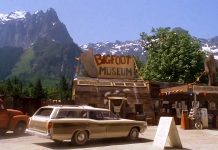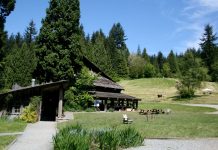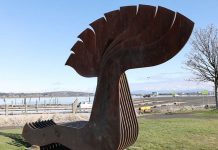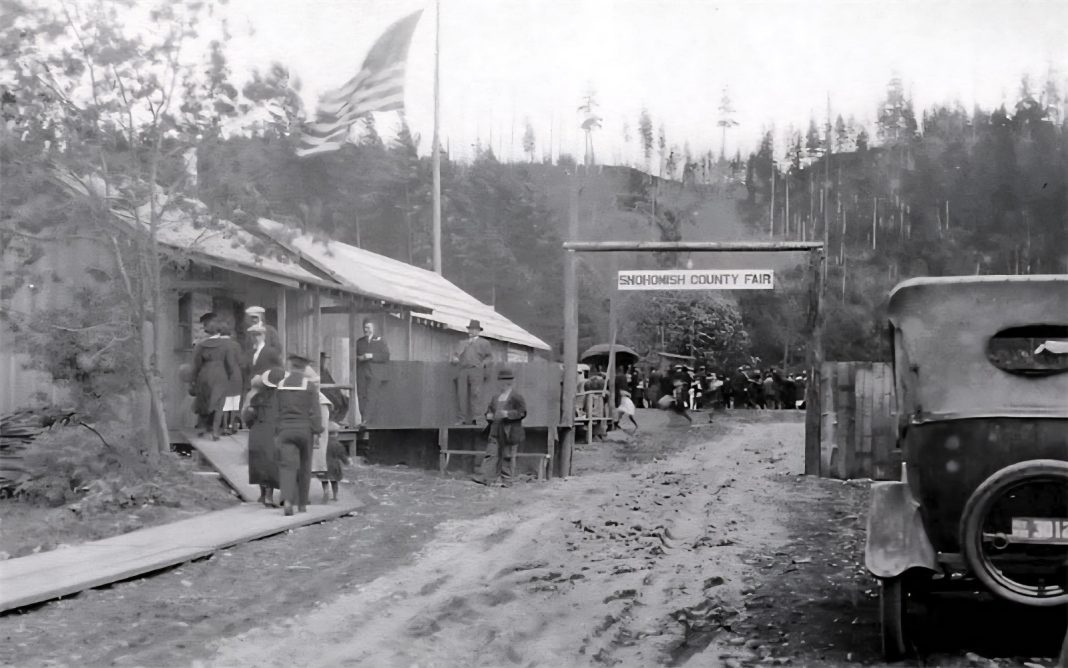Before the Evergreen State Fair drew crowds to Monroe each summer, before Ferris wheels spun and rodeo gates swung open, Snohomish County’s agricultural pride was first put on display in a far humbler setting. In September 1874, inside a former saloon turned courthouse, farmers and townsfolk gathered to showcase the fruits — and vegetables — of their labor. That impromptu fair not only filled the room with the scent of fresh harvests, it planted the seeds of a tradition that would grow into one of Washington’s most enduring celebrations of rural life.
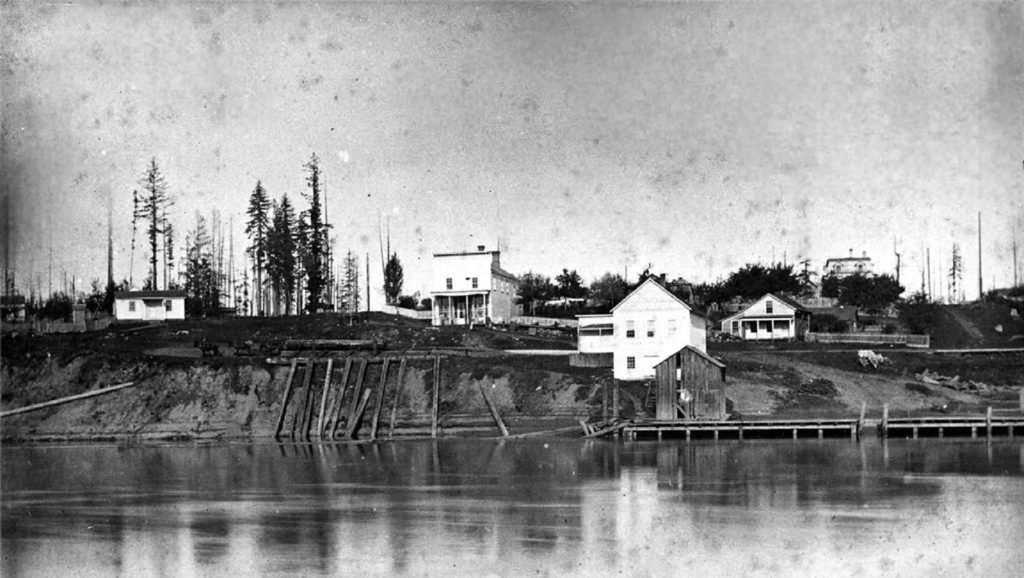
Planting the Seeds of Tradition: Snohomish County’s First Fairs
The inaugural 1874 gathering was an impromptu “citizens fair,” organized on just a few weeks’ notice within the unique confines of the Blue Eagle building, a structure with a storied past as a saloon that was then serving as the Snohomish County courthouse. An estimated 500 citizens from the young community turned out, making the event a surprising success. Its impact was felt far beyond the county line; a selection of the finest fruits and vegetables was sent to the Territorial Fair in Olympia, where the display from Snohomish won first place, definitively putting the region on the agricultural map.
This triumphant victory spurred the swift creation of the Snohomish County Agricultural Society in November 1874. The new society moved quickly, acquiring 40 acres in Snohomish for a permanent fairground, near where the Snohomish Aquatic Center would be built much later. By the fall of 1875, they had erected buildings and hosted a second, more formal exhibition, which local newspaper editor Eldridge Morse proudly promoted. In eloquent editorials, Morse urged every farmer to participate not for personal glory, but to collectively showcase the county’s potential, attract new settlers, and build a stronger community, arguing that their individual honor and the county’s prosperity were at stake.
For four consecutive years, the Agricultural Society held successful annual fairs. Each year, the best exhibits from Snohomish County were sent to the Territorial Fair in Olympia, where they consistently took first prize for the best display of fruits and vegetables in the entire Washington Territory. This golden era of agricultural excellence, however, was halted by a financial panic in 1878. With less than $150 in debt on its property, the society was forced to sell the fairgrounds and cease operations, pausing a celebrated tradition that had already cemented the county’s legendary status.
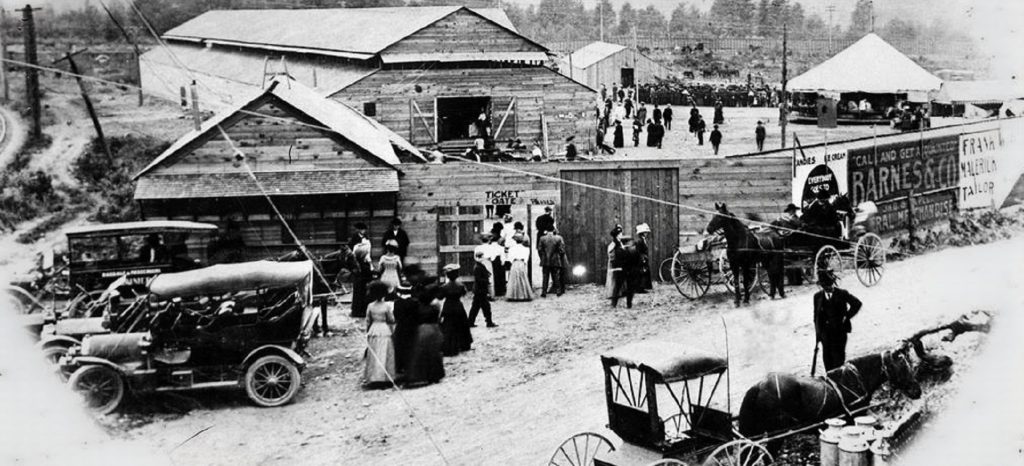
A Brief but Brilliant Fairground Legacy in Snohomish
By the turn of the 20th century, Everett had emerged as a powerful rival to Snohomish, claiming the county seat in 1897 and launching its own fair in 1899. Still, despite the competition, Snohomish kept its fair tradition alive, hosting grange-organized events in 1909 and 1910 inside the old armory on Union Street, drawing such strong crowds that the idea of a permanent fairground took hold. In 1911, an eight-acre site at 10th Street and Avenue D was developed into the Snohomish County Fairgrounds, complete with electric lighting and a massive main exhibition hall measuring 300 feet long. The opening fair that year brought together civic leaders from across the county, music from the Snohomish Cornet Band, and competitions ranging from produce and livestock to a lively baby show.
The fairgrounds hosted annual events until 1916, when the lights went out for the last time. In the years that followed, the grand main building was repurposed for livestock auctions, and the county fair found a new home at a different location. Though its tenure was brief, the Snohomish fairground era left a vivid mark on the community’s history, bridging the gap between the county’s earliest fairs and the larger venues that would follow.
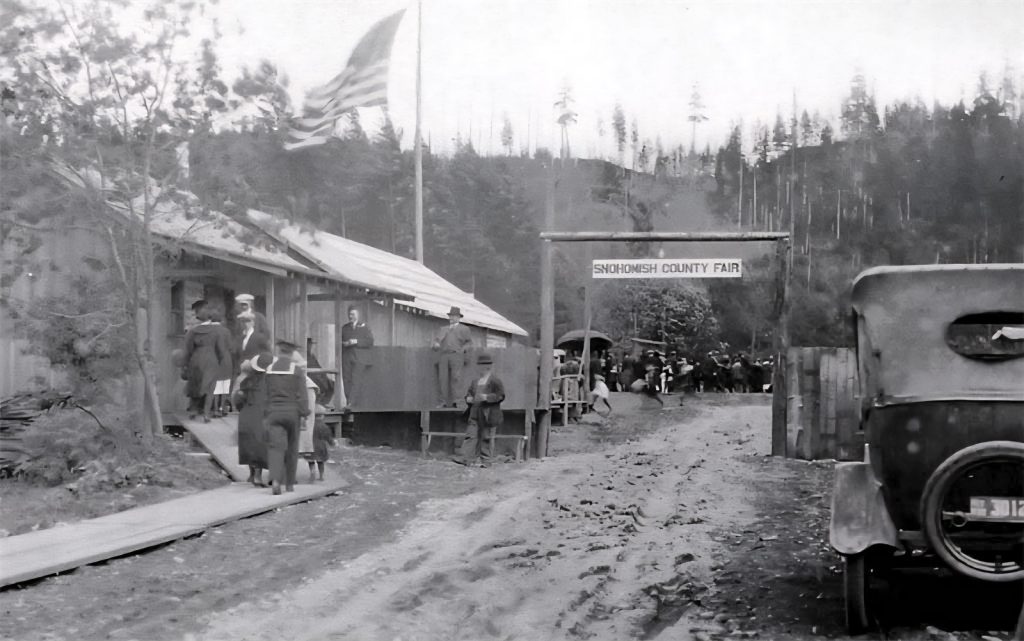
Granite Falls Takes the Stage: Hosting the Snohomish County Fair
In the 1920s, Granite Falls emerged as the new home for the Snohomish County Fair, hosting the event from at least 1922 through 1929. The sixth annual fair in 1922 opened with an introduction by Dr. Frank Chappell, a man deeply woven into the town’s history.
Arriving in 1893 as Granite Falls’ first doctor, Chappell also established its first drug and hardware stores and published poetry that reflected his civic pride. In his fair message, he described Granite Falls as a modest but thriving community of about 1,000 residents, surrounded by productive farms and dairies and led by enterprising, forward?thinking citizens.
For Chappell, the fair’s actual value lay in its ability to bring people together — to share the bounty of their farms, highlight local craftsmanship, and celebrate the achievements of schoolchildren. Granite Falls continued to host the fair through the 13th annual event in 1929, marking its last before the celebration moved on. Though its tenure as host was brief, the town’s role in this era reflected the enduring importance of small communities in shaping the county’s agricultural identity.
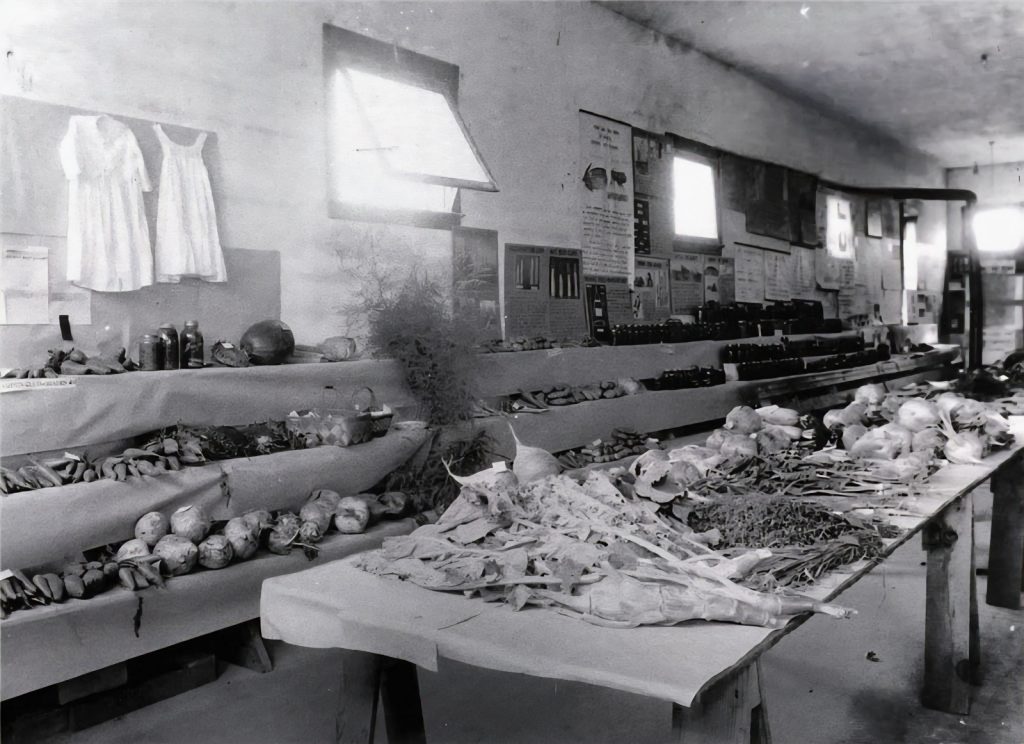
Harvest Traditions Take Root in Monroe
Meanwhile, Monroe had begun its own harvest-honoring traditions in 1903, when the town hosted its first local fair at the I.O.O.F. Hall and grounds on North Lewis Street. The two?day event promised a showcase of farm products, livestock, arts, sciences, and a women’s department devoted to both practical and decorative work. A second fair followed in 1904, boasting improved grounds and a hall filled with the best the community could offer.
Despite these early successes, it would be another three decades later, on September 10 and 11, 1937, that the Tualco, French Creek, and Cherry Valley Granges would organize a Community Fair and Parade. Named for the Snohomish, Skykomish, and Snoqualmie river valleys, the Cavalcade of the Valleys continued in 1938 and 1939 before moving in 1941 to the fairgrounds at Park and Powell streets. The four?day event blended agricultural exhibits with carnival entertainment. After a two?year break during World War II, it returned in 1944 and 1945, setting the stage for something bigger.
That moment came on September 5, 1946, when Monroe hosted the Snohomish County Fair for the first time. The Park and Powell fairgrounds came alive with a parade of more than 200 cattle and horses, commercial and Grange floats, and new participation from Future Farmers of America and 4-H Clubs. Within just two years, the fair’s growing popularity had outpaced the site’s capacity, prompting county leaders in the summer of 1948 to plan a move to a larger property northwest of town — the historic Poor Farm, which had been previously established in 1893 to house and board the county’s impoverished residents, or paupers.
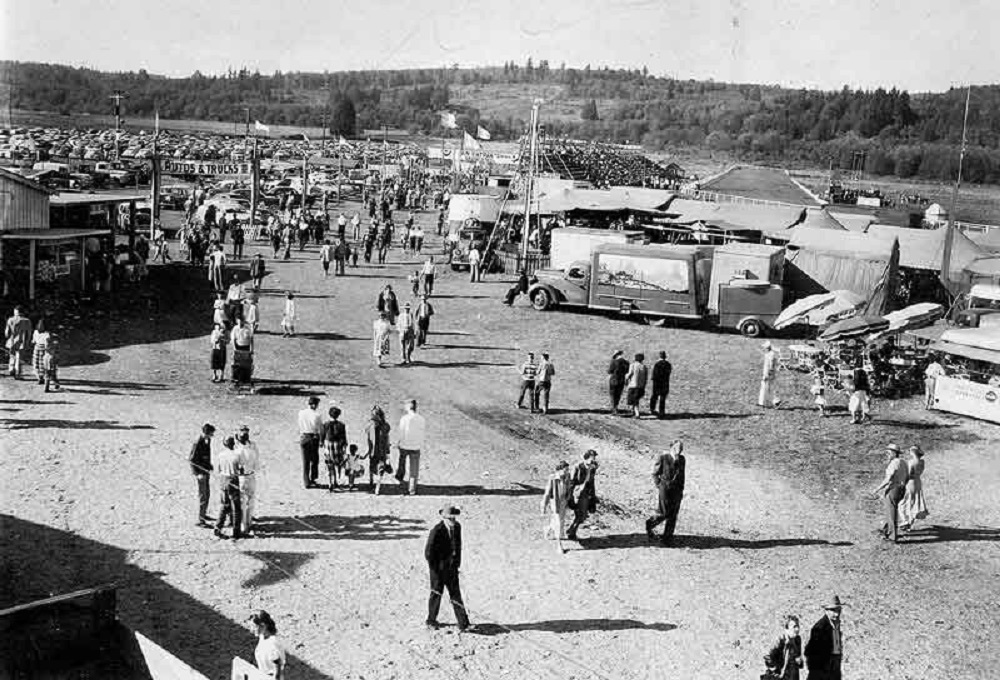
Evergreen State Fair: A New Name for a New Era
With the move to a larger venue, it was decided that the fair required a bigger name: “Evergreen State Fair.” In 1949, its first year under the new banner, the program centered on youth development, with FFA and 4-H opening the livestock shows. A two-day horse show, cattle judging, vaudeville acts, trail riders, and a bustling carnival rounded out the attractions. The opening coincided with the launch of the new highway link between Monroe and Snohomish, boosting accessibility.
In the years that followed, the Evergreen State Fair became a cornerstone of Snohomish County’s identity. By 1964, the county had taken over operations and extended the run to seven days. By 2017, the fair had expanded to 12 days, concluding on Labor Day, and ranked among the nation’s top fairs, attracting over 330,000 visitors. Today, the grounds pulse year-round with many off-season shows and activities, from equestrian competitions and motorcycle races to large-scale gatherings at the Gary Weikel Event Center — proof that the seed planted in 1874 has matured into a statewide tradition without losing sight of its roots.





